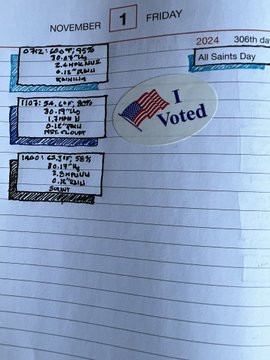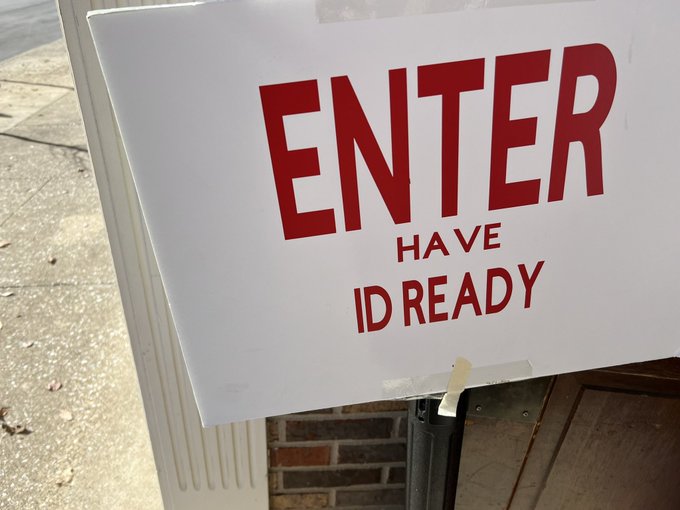
Since then, the Bluegrass State has been solidly Republican. Donald Trump carried Kentucky in both 2016 and 2020, by huge margins.
How have things changed? I noted a sample ballot on the walls, and all of the candidates for the city council of the city of Irvine — where I do not vote — were listed as Republicans. Not a single one was a Democrat, which means that no Democrat even entered the May primary.

The line was much longer than I had anticipated; there were well over fifty people who were in line when I was. And yes, the Commonwealth required a positive ID to be able to vote.
At least in our county, we had paper ballots, which we marked, and then fed into a machine reader. This way, if there is a recount necessary, the paper ballots have been retained for recount. This is the way elections should be held.
Pingback: TGI Election Day – THE FIRST STREET JOURNAL.
Pingback: TGI Election Day! - American Free News Network